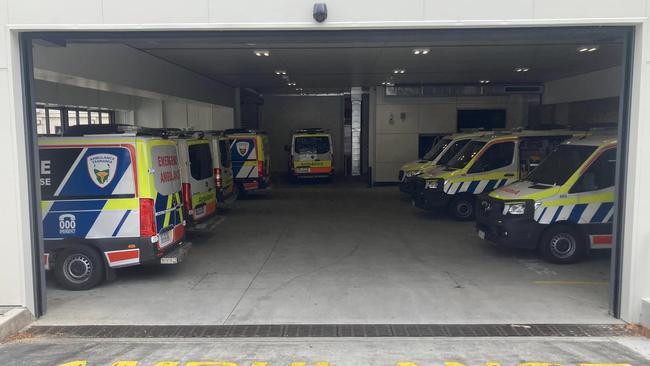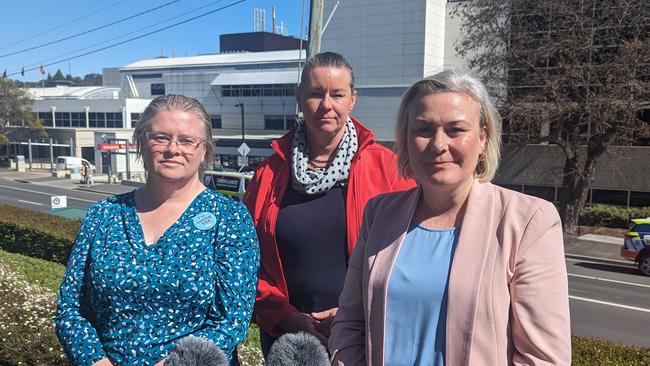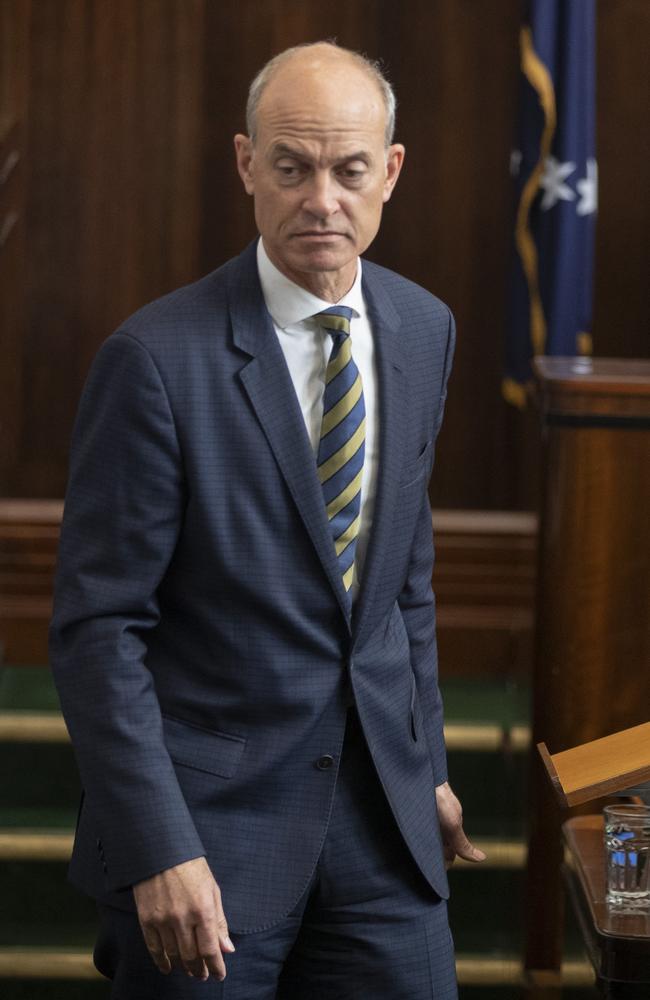Ambulance Tasmania: 1-in-10 shifts go unfilled, new figures show
New figures show that about 10 per cent of paramedic shifts are going unfilled in Tasmania, while one-in-five paramedics are on fixed-term contracts. An 18-year veteran has pleaded for more support.

Tasmania
Don't miss out on the headlines from Tasmania. Followed categories will be added to My News.
New figures show that about 10 per cent of paramedic shifts are going unfilled in Tasmania, while one-in-five paramedics are on fixed-term contracts, an “insecure working arrangement [that] makes it extremely difficult to recruit and retain workers”.
Figures released by Health Minister Guy Barnett in response to a question on notice in the Legislative Council by Sarah Lovell MLC, showed that 2181 shifts out of a total 19,710 between November 1, 2022 and March 31 this year went unfilled.
The highest number of unfilled shifts were in Hobart (256), Latrobe (220), Bridgewater (171), Glenorchy (133), Launceston (129), Wattle Hill (125) and Mornington (123).
Labor health spokeswoman Anita Dow said the state’s paramedic shortfall was made worse by hospital bed block, with only 50 per cent of emergency department presentations seen within four hours, according to the latest health system dashboard figures.

The issue is particularly acute at the Launceston General Hospital, where only 37 per cent are seen within four hours. At least four ambulance and critical care units were seen ramped outside the hospital on Friday at 1pm, with more hidden from view via a closed roller door.
The response to the question on notice also revealed that approximately one-in-five Ambulance Tasmania paramedics were employed on fixed-term contracts, rather than permanent employees.
According to the figures, 94 paramedics were employed on a fixed-term/casual basis compared to 366 permanent employees as at March 24 this year.
The figures do not include paramedics employed in supervisor, management, and educational positions.
Fourteen paramedics are currently on workers’ compensation and are unable to work.
Ms Dow said the lack of job security was forcing paramedics interstate.
“The insecure working arrangements for our paramedics makes it extremely difficult to recruit and retain workers, who are enticed by better pay, conditions and permanent work in other parts of the country,” she said.
North-West paramedic Simone Haigh, an 18-year veteran of Ambulance Tasmania, said workforce shortages combined with increased ramping was a lethal combination.
“When I first started we occasionally got ramped. Now it’s every day and nearly every case that you take in is ramped,” she said.
“In that time we have increased the number of paramedics, but our case load has exponentially increased and we’re just not keeping up.

“We are here for patients and the community, not to stand in hospitals and be fake nurses and fake doctors and fake hospital staff.”
A Department of Health spokesman said that when paramedic shifts were unable to be filled by casuals or overtime, “operational plans are enacted to ensure Tasmanians’ needs are met”.
He noted that recruitment efforts continued apace, including by an appearance at the recent London Jobs Fair.
Mr Barnett said that an additional 220 paramedics and dispatch officers had been employed in Tasmania since the Liberal government came to power in 2014.
“We are also permanently funding positions created on a temporary basis during Covid-19, including 36 permanent frontline paramedic positions created in the North-West, with recruitment continuing,” he said.





